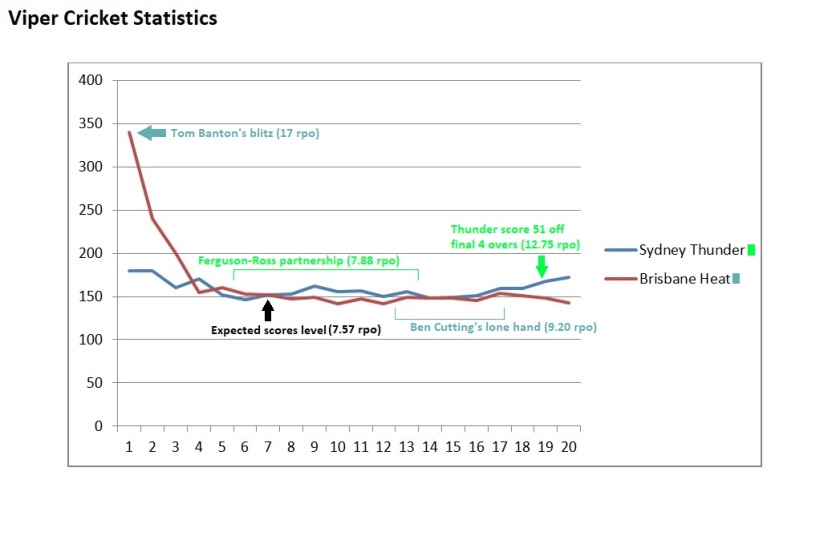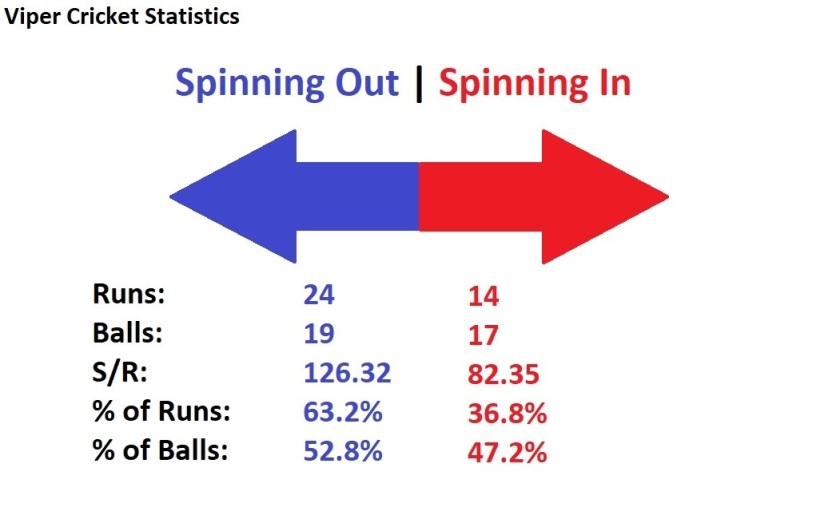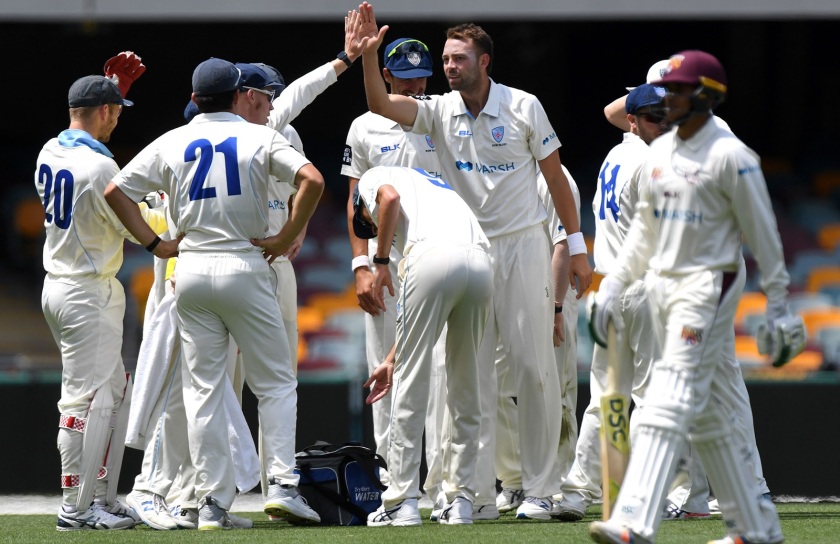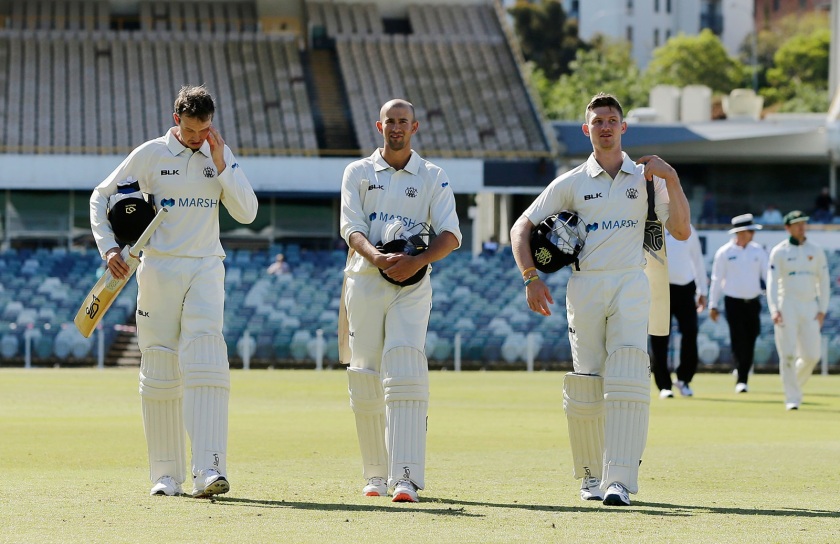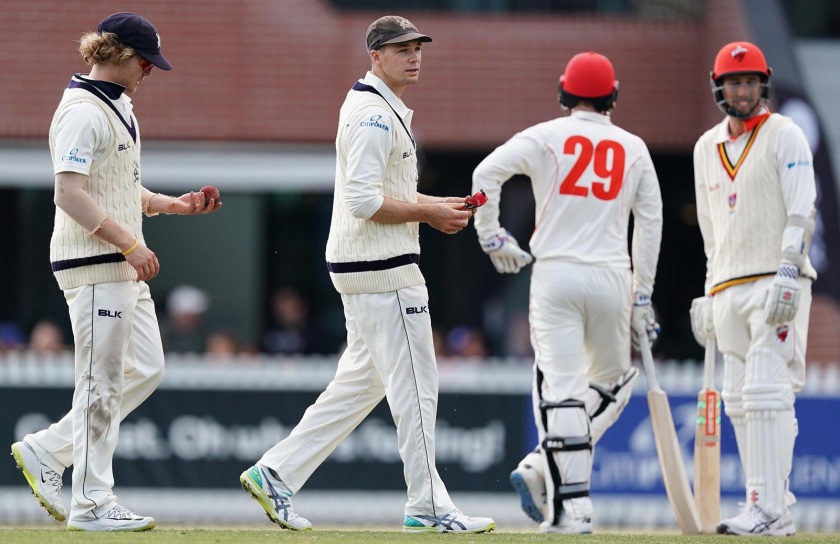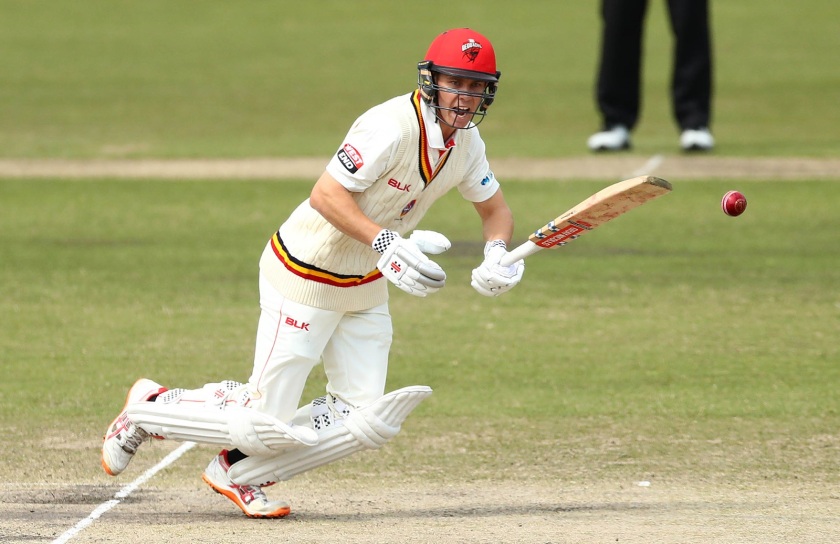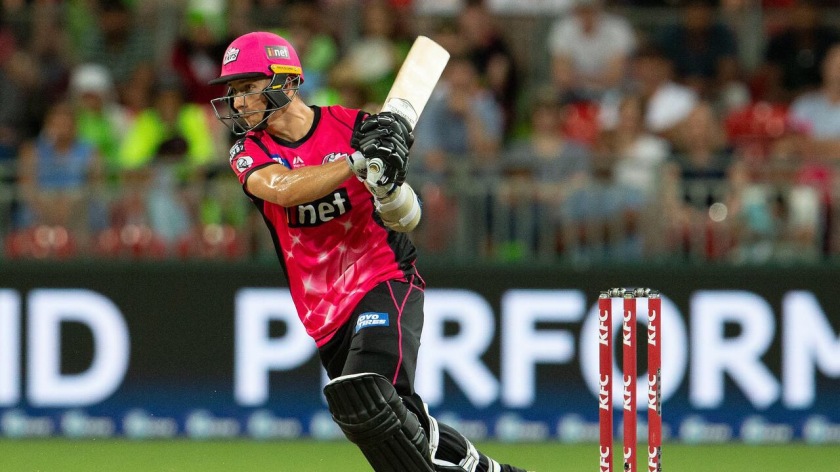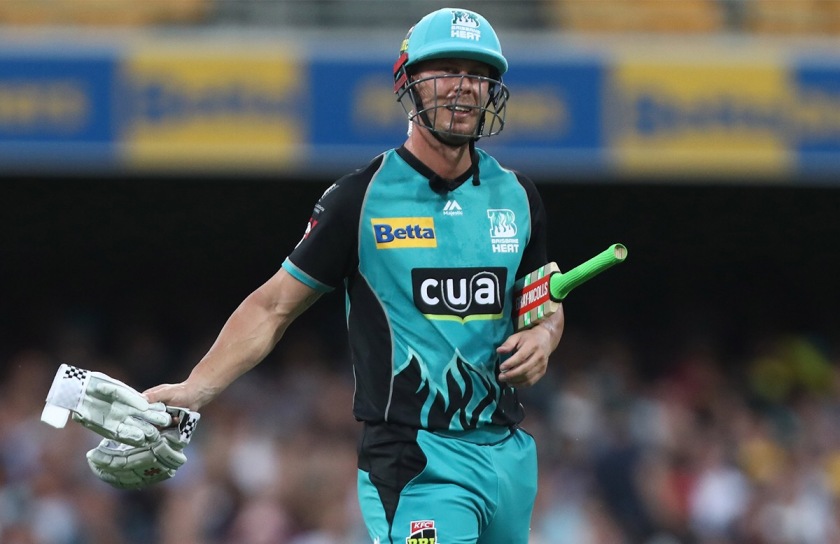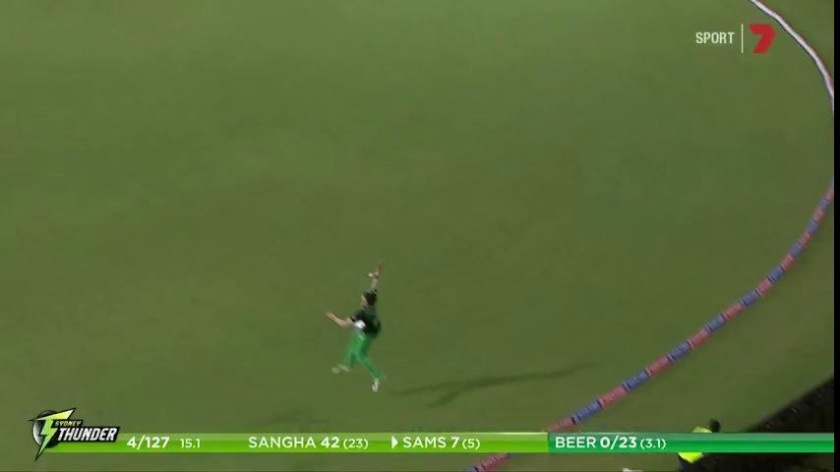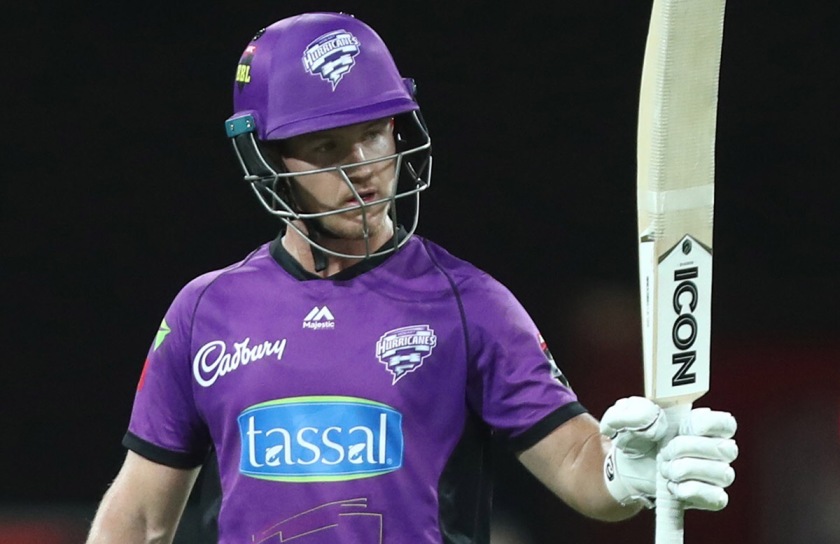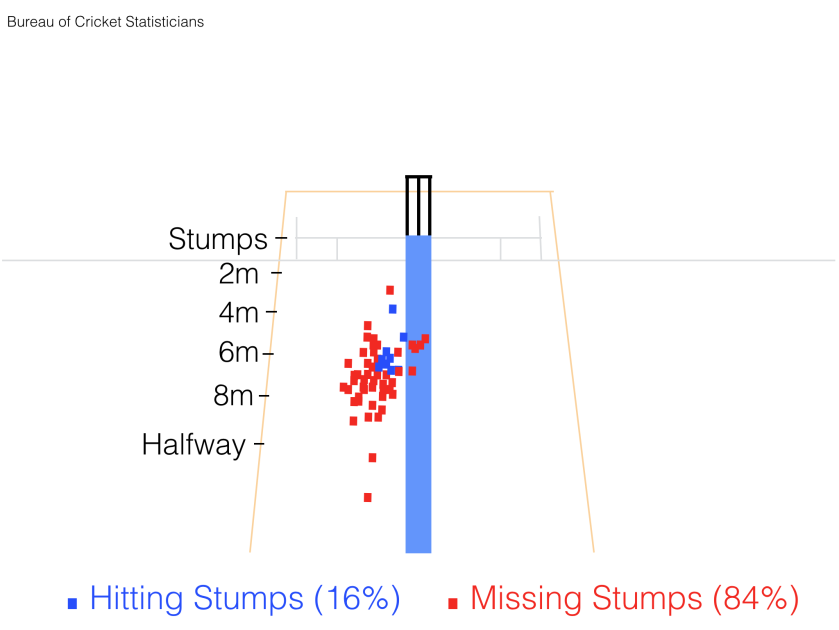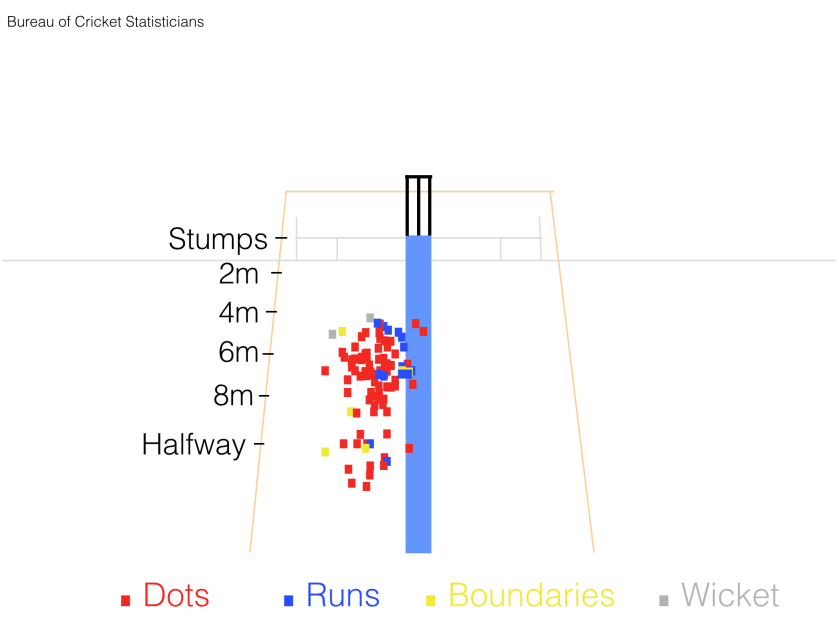Following Brisbane Heat’s somewhat disappointing 29-run loss to Sydney Thunder at the Gabba, the team had just three days to bounce back against the Melbourne Stars at Carrara Stadium (known commercially as Metricon Stadium). No doubt the loss was discouraging, especially after the team had shown patches of promise in their opening match, but the Big Bash League’s longer 14-game season allowed plenty of opportunity for the Heat to make an improvement in their performance.
Before the game even began however, they had a few things going against them. For starters, the Heat had yet to win a game at their second home ground on the Gold Coast. Last season, they slumped to narrow losses against both Hobart Hurricanes and Sydney Sixers after they had held the ascendency on both occasions. Meanwhile, the Stars triumphed over the Thunder at the same venue.
The other problem was that having taken a short break from cricket, T20 superstar Glenn Maxwell was set to make his return for the Melbourne Stars. In Maxwell, the Stars would be boasting a significantly beefed up squad compared to that of last season when Ben Cutting (81 off 30 balls) and Max Bryant (71 off 30 balls) pounded 158 from just 10 overs to win in a canter the last time the two teams met.
Like the Heat, Camp Melbourne had been busy recruiting during the 2019 off-season and had acquired both Hilton Cartwright and Nathan Coulter-Nile from Perth Scorchers. They were also able to retain the services of prominent players such as Marcus Stoinis, Ben Dunk and Nepalese leg spinner Sandeep Lamichhane. However, and perhaps luckily for Brisbane, the Stars’ number one recruit, South African quick Dale Steyn boasting 439 Test wickets, was sidelined with a side strain. He had been replaced last-minute by Pakistani paceman Haris Rauf who had been playing Premier Cricket in Tasmania.
Between this game and the last, the Heat retained the same squad of 13 players that took on Sydney Thunder. For this game though, wicketkeeper James Peirson made the starting XI ahead of fast bowler Mark Steketee and would take the gloves instead of Tom Banton. This came almost as a surprise considering Steketee’s figures of 1-37 off four overs with the ball and watchful 15 off 17 balls with the bat on a night where he outscored batsmen Max Bryant, Chris Lynn and Sam Heazlett.
Game 2: Melbourne Stars (20/12/2019)
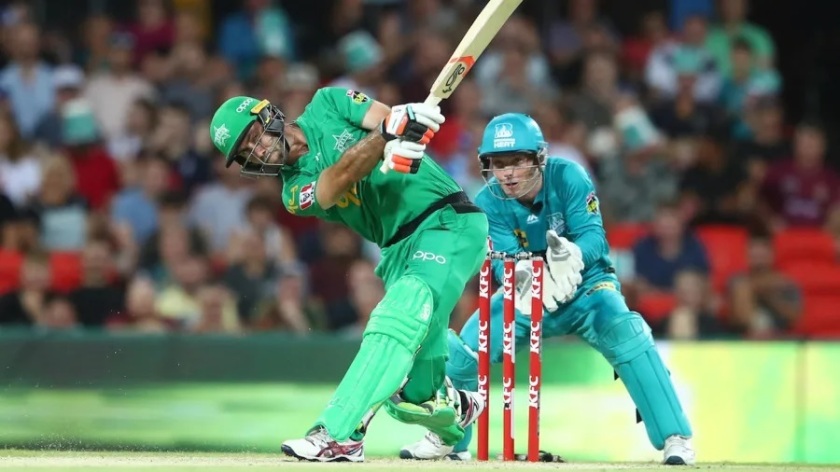
Melbourne Stars captain Glenn Maxwell made 83 off 39 balls to lift his team to 6-167 in a fine return to cricket // Getty Images
Despite losing their last game by 29 runs when they were asked to bat second, Heat captain Chris Lynn won the toss and voluntarily elected to field first in front of 11,969 fans at Metricon Stadium. Batting second has quickly become the preferred option in the BBL since a team batting second knows how many runs they need to reach its target, while the team batting must first estimate a reasonable target to set. On this occasion, Lynn was proven wise in his choice as the Heat bowlers again started strongly.
Key Moment 1 – Opening Heat bowlers leave formidable Stars reeling
With the new ball in hand again, Josh Lalor started well for Brisbane against Nic Maddinson until a thumping six over deep backward square leg spoilt an otherwise superb over. Normally a batsman, Matthew Renshaw was handed the ball for the second over of the game. Marcus Stoinis managed just a single off the first four balls of the over before Maddinson backed away and tried to drive the first ball he faced from Renshaw to the off-side. Unfortunately for Maddinson, he succeeded only in mis-timing it straight into the hands of Josh Lalor at backward point to give Brisbane the perfect start.
Lalor was in the thick of the action again as he removed first drop Hilton Cartwright for 18 to leave Melbourne Stars at 2-42 after the powerplay scoring at just 7 runs per over. Stoinis joined him in the dugout not long after him for just 16 when he skied a drive high into the air to give Sam Heazlett his fourth catch of the season, but not before he was gifted a boundary courtesy of a Mitchell Swepson mis-field on the boundary.
With wickets coming regularly and the Heat bowlers applying pressure with tight lines and lengths, Glenn Maxwell joined Peter Handscomb in the middle and they set to work rebuilding the innings. With everything going the Heat’s way though, this partnership did not last long. Non-striker Maxwell tried to pinch a single to wicketkeeper James Peirson following an inside edge off Handscomb’s bat. A swift removal of his glove allowed Peirson a shy at the stumps down the non-striker’s end and he coolly took it, gunning down Handscomb for 20 and leaving the Stars reeling at 4-75 at the halfway stage (7.5 rpo).
Key Moment 2 – Sharp chance to remove Maxi triggers game change
With the first ball of his third over, and just the second delivery following the Handscomb run out, Afghani spinner Zahir Khan served up a juicy full toss outside off stump to Glenn Maxwell. Maxwell slammed it down the ground towards long off. Ben Laughlin ran to his right, leapt and flew to his right with arms extended. The 37-year-old got his hands on the ball and nearly took the catch of the summer, but couldn’t hold on as the ball trickled into the boundary.
Cricket Australia’s ‘Fair Play’ data analysis system categorises fielding efforts into three grades, depending on the difficulty involved. Grade 1 counts for the most straightforward of chances while Grade 3 is the most difficult to complete, a one-handed diving grab for example. With this in mind, anyone watching the vision can definitively state that the opportunity afforded to Laughlin was at least Grade 2, or 3. That is to say the only reason this became an opportunity in the first place was because of Laughlin’s anticipation, speed to the ball, and sheer athleticism.
You can’t fault Laughlin for trying and failing. His effort alone is all the more impressive given his age. Be that as it may, the Heat missed their one opportunity to remove Maxwell for just 12 and have the Stars at 5-75 and looking at a score of 140-150. Instead, Laughlin himself finally dismissed Maxwell with two balls remaining in the innings when the right-hander played onto his stumps. The damage was already done. Maxwell’s inspired 83 off just 39 balls lifted the Stars beyond 160 with the dropped catch costing the Heat a whopping 71 runs.
Key Moment 3 – One-man Big Show lifts Stars into the stratosphere
With the score at 4-75 after 10 overs, Glenn Maxwell launched. Following Laughlin’s dropped catch Maxwell elevated the run rate to 10.5 rpo between the 11th and 14th overs until Ben Dunk departed for 11 at a run per ball, interestingly caught by Ben Laughlin. Clint Hinchliffe came and left while Adam Zampa would only contribute 5 runs at a strike rate of 55.55, leaving all the pressure on Maxwell to make the runs.
As his teammates struggled with rhythm, Maxwell continued to find the boundary and flummox the Heat bowlers as he smashed 67 off just 32 balls at 209.38 in the overs following his earlier lifeline. His precise footwork against the spin combination of Zahir Khan and Mitchell Swepson was on full display as he crunched 33 off just 17 balls against Brisbane’s spin twins. The 31-year-old equalled his fastest BBL half-century on his way to 83 off just 39 balls, which made up 49.7 percent of Melbourne Stars’ final tally. Peter Handscomb’s 20 remained the second-highest score. Additionally, he scored runs from 33 of the 39 balls he faced at a scoring shot percentage of 84.6.
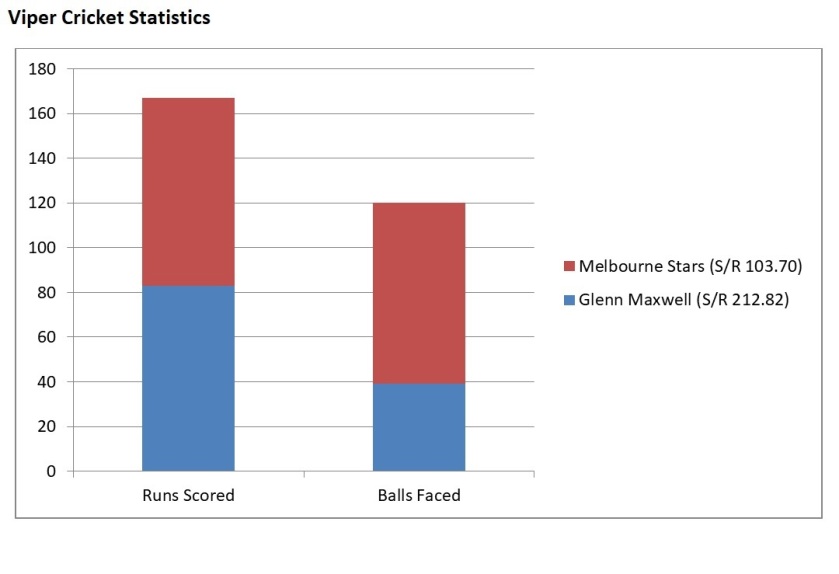
This chart demonstrates the impact Glenn Maxwell had on the game. As we can see, Maxwell (blue) scored 49.7 percent of the Melbourne Stars runs at 212.82 in just 32.5 percent of the 20 overs // Viper Cricket Statistics
Brisbane Heat’s death bowling again let them down, not to the extent of the previous game against the Thunder but, the Stars were still able to hit 49 off the last 5 overs at 9.8 rpo to finish their innings at 7-167. Each of the six Heat bowlers took one wicket each as Zahir Khan finished with an economy rate of 7.25 rpo, the lowest of all (aside from Matthew Renshaw’s one over). Fellow spinner Mitchell Swepson finished with the highest economy rate (9.25 rpo), a stark contrast to the last game where he took 2-11 at 5.50 rpo.
Key Moment 4 – Banton undeterred by Rauf’s flying start
Daniel Worrall began the second innings by giving up just 3 runs in the opening over, but Englishman Tom Banton made sure it didn’t stay that way. Beginning with just the second ball of spin he’s ever faced in the BBL, Banton went after Sandeep Lamichhane and swatted 15 off 4 balls from the Nepalese leg spinner. Max Bryant added another four before the over’s end to take the score to 0-22 after two overs.
Bryant’s stay at the crease was again brief as Pakistan’s Haris Rauf made the perfect start to his BBL career with Bryant caught down the leg-side off his first delivery. Banton was left unfazed by Bryant’s dismissal and struck four more boundaries, including two consecutive fours against Adam Zampa, during the powerplay as the Heat looked on track at 1-57. When the 21-year-old notched up a 29-ball fifty in style with a pull shot six over deep mid-wicket in Zampa’s second over, he had scored 36 runs off 17 balls of leg spin. However, the leg spinner would get his revenge soon enough.
Key Moment 5 – Brisbane Heat stumble at halfway mark
Just three balls after Tom Banton brought up his maiden BBL half-century, Chris Lynn fell cheaply when he came down the track against Adam Zampa and picked out Ben Dunk at long on. Not the best batting by the captain considering Banton was playing so well and Lynn was back in the dugout for just 6 off 9 balls. Banton soon followed him though for a well-made 64 off 36 balls when he gave Zampa a second wicket, and Dunk a second catch. Banton scored 64 of the Heat’s first 81 runs and his wicket left the match evenly poised.
Two fresh batsmen, Matthew Renshaw and Ben Cutting, struggled to score freely against Melbourne Stars’ spin bowlers and Haris Rauf made life difficult for Cutting when his second over – the 11th overall – went for just one run. The pair added just 19 runs off 25 balls for the fourth wicket as the Heat scored at just 5 rpo between and went almost five overs without a boundary mid-innings. When Cutting gave Dunk a hat trick of catches on 12 in the 14th over, Brisbane Heat were 4-100 and in search of 68 off 39 balls at 10.8 rpo.
Key Moment 6 – Renshaw given no help in wicket procession
Matthew Renshaw began strong by reverse sweeping the first delivery after Ben Cutting’s dismissal for four over third man. He also helped the Heat take 12 off the next over, bowled by Glenn Maxwell, with a six and a four to close out what was otherwise a good over for the Stars. With a final scoring shot percentage of 73.3, Renshaw kept Brisbane Heat in the game with some impressive strokeplay and running between the wickets.
Melbourne Stars captain Maxwell rotated his bowlers to perfection and ensured the Heat batsmen couldn’t find any continuity. Sam Heazlett edged behind for just 4 to give Adam Zampa (3-30) his third wicket as no batsman after him added more than five runs. Renshaw fought hard for his 39 off 30 balls, but was eventually bowled when he tried to ramp Daniel Worrall (2-21). His four off Maxwell was the last Brisbane Heat would score as the team added just 27 and failed to hit a single boundary during the last five overs with Haris Rauf (2-20 off 4 overs) sealing the deal, the Heat finishing with 8-145.
WHERE THE GAME WAS LOST
On this night out at the Gold Coast, the point at which the game was lost is twofold. We already mentioned above in detail that Glenn Maxwell was on just 12 when he was dropped by Ben Laughlin. A fantastic diving effort from the 37-year-old only became an opportunity through anticipation and sheer athleticism, so no fault on Laughlin’s part, but it was a moment that would have left Melbourne Stars at 5-75 and Ben Dunk (11 off 11) batting with Clint Hinchliffe (0 off 6).
Despite the fact that the dropped catch cost the Heat a total of 71 runs, there’s a certain point at which you just have to accept that Glenn Maxwell had a day out with the bat and there was nothing the Brisbane Heat bowlers could do about it. It truly was a captain’s knock, an outlier of a performance if you will. In fact, Maxwell’s whirlwind knock of 83 off just 39 balls actually is a mathematical outlier.
In statistics, an outlier is an extremely high or extremely low value. We determine extreme by being 1.5 times the interquartile range above Q3 or below Q1. That’s a little bit complicated for anyone that does not have a detailed knowledge of such a topic but, don’t worry. We’ve done the maths for you. In short, since Peter Handscomb’s 20 remained the second-highest score by a Melbourne Stars batsman (and nobody else scored above 20) an extremely high outlier would be any score higher than 37.5. Maxwell’s 83 runs are more than double that on its own and actually equates to 5 times the interquartile range above Q3. Tom Banton and Matthew Renshaw’s innings’ are also outliers amongst the Brisbane Heat.
The second point at which the game was lost was Brisbane Heat’s batting innings. Save for Adam Zampa, the Heat’s batsman saw a major improvement in their ability to play spin. Sandeep Lamichhane went at 9.50 rpo while both Glenn Maxwell and Clint Hinchliffe leaked 10 or more runs from one over each. Brisbane’s record against spin and seam bowling was almost reversed that of the Sydney Thunder game with figures of 4-104 at 8.67 rpo from 12 overs of spin compared to 4-41 at 5.13 rpo off 8 overs of seam.
Haris Rauf made a serious first impression with the ball while Daniel Worrall’s unbroken pressure, at a dot ball percentage of 45.8, meant that the Heat were forced to take extra risks against the spinners. Maxwell rotated his bowlers to perfection with six different bowlers bowling the six overs between the 14th and 19th overs which ensured the Heat batsmen couldn’t find any continuity. No boundaries were scored from two overs of Nic Maddinson and only three were scored between Rauf and Worrall, the same as Ben Cutting by himself. This would prove to be the difference between the two sides.
OTHER FACTS & FIGURES
- Ben Dunk took three great catches and got his hands on the ball a total of 13 times. He finished the innings with just 4.3 touches per dismissal with 23 percent of all his touches resulting in a wicket.
- The highest partnership of the match was shared between Glenn Maxwell and Adam Zampa. Maxwell scored 40 of the 47 runs (85.1%) off just 20 balls.
- Glenn Maxwell and Tom Banton were the only batsmen to pass fifty runs and Matthew Renshaw was the only other batsman, out of nineteen, to score more than 20 runs.
- The pull shot was the most productive shot utilised by both Glenn Maxwell and Tom Banton. Between them, the pair made 42 runs from the pull shot including two fours and five sixes.
SUMMARY
Brisbane Heat’s opening bowlers applied pressure early on with tight lines and lengths and had the Melbourne Stars at 4-75 after 10 overs. Enter Glenn Maxwell. Staring down the barrel of a total between 140 and 150, Maxwell almost single-handedly lead Melbourne Stars at 9.2 rpo during the last 10 overs, and 9.8 rpo during the last five, to lift his side to 167. This proved to be too much for Brisbane Heat’s batters.
Bowling at the death again let Brisbane Heat down slightly, but it was a great improvement. Meanwhile, English import Tom Banton was left to chase down 168 runs almost on his own as the rest of the Brisbane Heat lineup, with the exception of Matthew Renshaw, stalled for the second time in two matches. The Brisbane Heat management did a great job of recruiting in the off-season, but the cracks are already showing. T20 superstar AB de Villiers is set to join the Heat later in the season as a replacement for Banton, but neither of them are a “one-man solution” for the team’s problems. A change has to come from their home grown players, especially when a bout of illness prevents Banton from playing the Heat’s third game of the season against the Sydney Sixers…
More to come…



